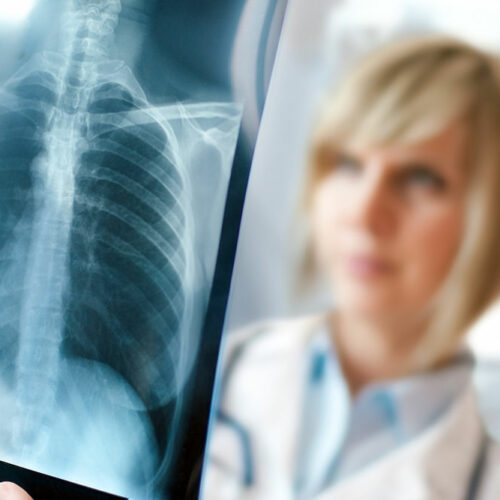19 early warning signs of amyloidosis

Amyloidosis is a lesser-known health condition where a protein called amyloid accumulates in various body tissues and organs. Prompt diagnosis and treatment are essential when this happens because an excessive buildup of this protein can lead to severe complications, such as nerve and kidney damage, in some cases. The good news is that amyloidosis symptoms can be identified in the initial stage, although they may differ from person to person. Early warning signs of amyloidosis Amyloidosis is often called a “great imitator” because its symptoms can mimic those of other, more common conditions. This can make diagnosis particularly challenging, underscoring the importance of recognizing the subtle hints the condition may offer in its early stages. Here are some early warning signs to be aware of: Fatigue Unexplained and persistent fatigue is often one of the earliest signs of amyloidosis. Amyloid deposits can accumulate in various organs, including the heart and kidneys. As a result, these organs may not function optimally, leading to fatigue. One may not find relief from the tiredness despite getting sufficient rest. Swelling (edema) Swelling, especially around the ankles and legs, is a common early symptom. It occurs when amyloid proteins accumulate in the tissues, leading to fluid retention.






